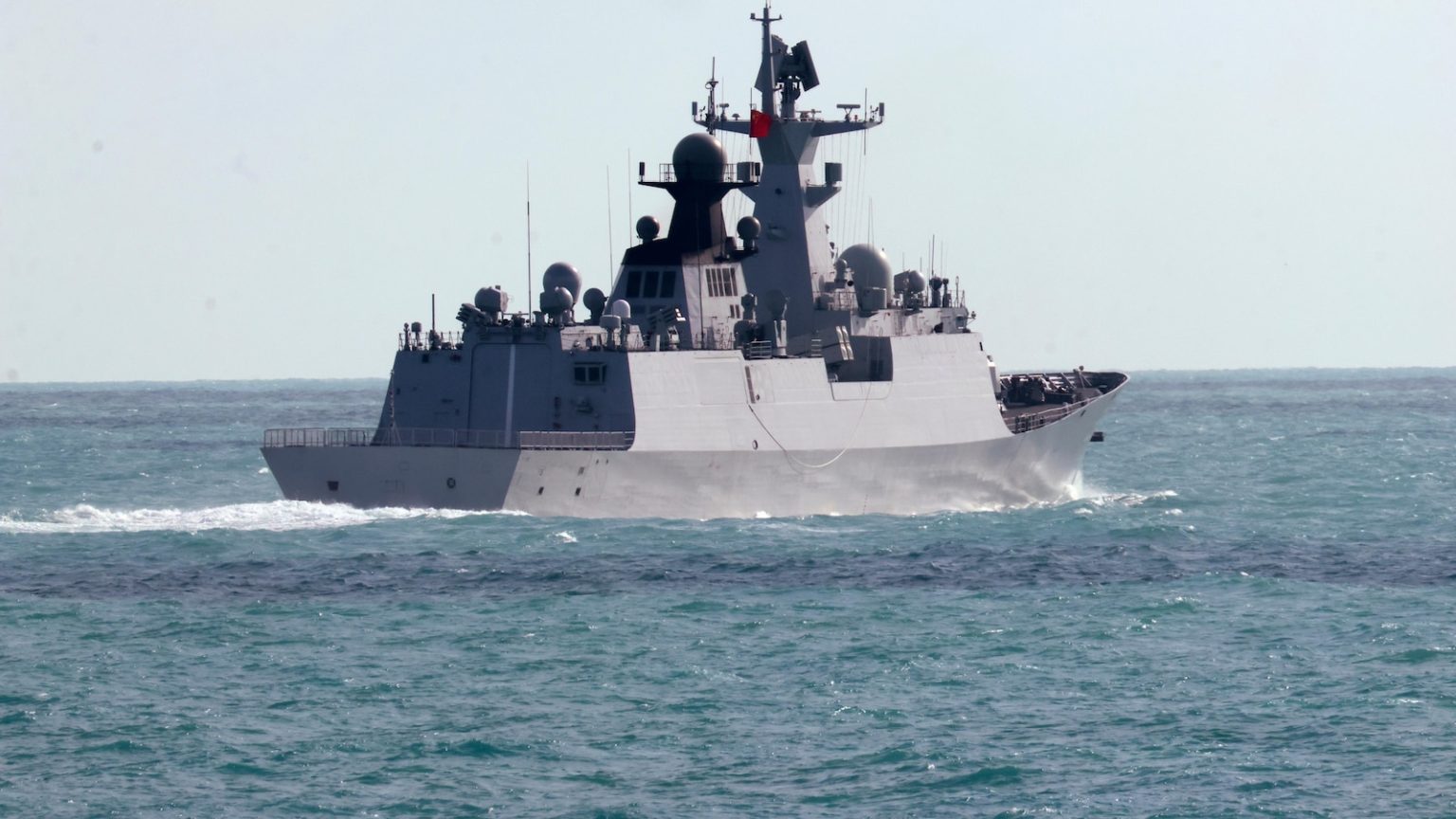Australia Warns Airlines of Chinese Warships in Tasman Sea
In a significant move to ensure aviation safety, Australian authorities issued a warning to airlines operating between Australia and New Zealand. The alert was prompted by the presence of three Chinese warships conducting exercises in the Tasman Sea, with potential live-fire activities. This precautionary measure was aimed at preventing any accidental conflicts or disruptions to air travel in the region.
Airservices Australia, the national aviation regulator, issued a notice to commercial pilots about a possible hazard in the airspace between the two nations. The warning came after Chinese officials notified their Australian counterparts that the warships might engage in live-fire exercises as part of their military maneuvers. Australian Prime Minister Anthony Albanese confirmed that while the exercises were within international waters and posed no immediate danger to Australian or New Zealand assets, the situation was closely monitored by defense officials.
The presence of the Chinese warships, including a frigate, cruiser, and replenishment vessel, has been tracked by Australian and New Zealand military forces. This deployment is notable as it marks a rare occurrence of Chinese warships operating so far south, showcasing the growing capabilities of the Chinese navy.
Airlines Adjust Flight Paths to Avoid Conflict
In response to the warnings, several airlines, including Air New Zealand and Virgin Australia, adjusted their flight paths to avoid the affected area. Air New Zealand stated that these modifications did not impact their operations, ensuring passenger safety and schedule adherence. Virgin Australia also followed the guidelines set by Airservices Australia, although specific details on flight diversions were not disclosed.
Additionally, reports indicated that pilots from Virgin Australia, Qantas, and Emirates flying between Sydney and New Zealand altered their courses after receiving broadcasts from the Chinese warships regarding an imminent live-fire exercise. This proactive step highlights the importance of clear communication and swift action in maintaining aviation safety.
A Rare and Significant Naval Deployment
The deployment of Chinese warships to the Tasman Sea is a significant event, as such a southern operation by the Chinese navy is uncommon. The exercise serves as a demonstration of China’s increasing naval prowess and reach. The warships involved, identified as the frigate Hengyang, cruiser Zunyi, and replenishment vessel Weishanhu, have been under surveillance by Australian and New Zealand military assets, including P-8 Poseidon surveillance planes.
The monitoring of these vessels underscores the regional attention to China’s naval activities, reflecting both curiosity and caution regarding the strategic implications of such exercises.
Questions Raised Over Exercise Location
The choice of location for the military exercise has drawn criticism from aviation representatives. Captain Steve Cornell, Vice President of the Australian and International Pilots Association, questioned the convenience of the area selected by China. While acknowledging that military exercises, like other events such as rocket launches or volcanic eruptions, are common obstacles for pilots, Cornell suggested that alternative, less disruptive locations could have been chosen.
Cornell’s remarks highlight the broader context of challenges pilots face in ensuring safe navigation, emphasizing the need for consideration in military exercise planning to minimize impacts on civil aviation.
Diplomatic Engagement to Address Concerns
Despite the concerns raised, Australian Prime Minister Anthony Albanese emphasized that the Chinese exercises were legal, taking place in international waters outside Australia’s exclusive economic zone. He also noted that the risk had since passed, with no imminent danger to any assets.
Foreign Minister Penny Wong is expected to discuss this deployment with her Chinese counterpart, Wang Yi, during a G20 meeting in South Africa. This diplomatic engagement aims to address the situation and potentially prevent future inconveniences, reflecting the ongoing dialogue between the two nations on regional security and maritime activities.
In summary, the situation involving Chinese warships in the Tasman Sea has prompted a coordinated response from Australian and New Zealand authorities, airlines, and military forces. While the exercises were conducted legally and without immediate risk, the incident underscores the complexities of balancing military activities with civil aviation safety and the importance of international communication and cooperation in addressing such matters.















